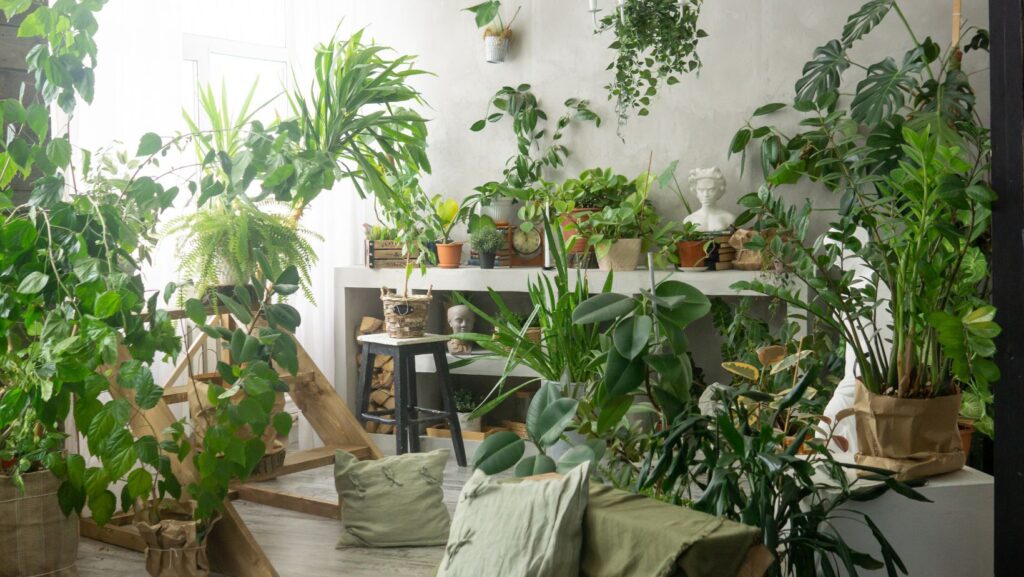Creating a functional and aesthetically pleasing garden room can be a delightful project, especially when space is limited. A well-designed garden room can serve as a home office, a cozy retreat, a playroom for kids, or even a guest bedroom. In this article, we’ll explore how to make the most of a small garden room, incorporating essential design tips and practical advice. Plus, we’ll discuss how to design your own garden room and how window shutter fitters can enhance the space.
Maximize Natural Light
One of the primary challenges in a small garden room is making it feel spacious and airy. Maximizing natural light is key to achieving this. Large windows and glass doors can flood the room with light, making it feel larger and more inviting.
Tip: Consider installing skylights or roof windows if your garden room design permits. These additions can significantly increase natural light and create a bright, welcoming atmosphere.
Opt for Multifunctional Furniture
In a small space, every piece of furniture should serve multiple purposes. Opt for multifunctional furniture that can adapt to your needs.
Examples:
- Sofa beds: Perfect for transforming your garden room into a guest bedroom when needed.
- Foldable desks and tables: These can be stowed away when not in use, freeing up valuable floor space.
- Storage ottomans: Provide seating and additional storage for blankets, books, or toys.
Enhance with Window Shutters
Window shutters are an excellent addition to a garden room. They offer numerous benefits, including light control, privacy, and insulation.
Advantages of Window Shutters:
- Light Control: Shutters allow you to control the amount of natural light entering the room, helping to create the perfect ambiance.
- Privacy: Shutters provide privacy without sacrificing style. You can adjust the louvers to let in light while keeping prying eyes out.
- Insulation: Quality shutters can improve the insulation of your garden room, keeping it cool in summer and warm in winter.
- Tip: Work with professional window shutter fitters to ensure a perfect fit and optimal functionality. Custom shutters can be designed to complement the style and color scheme of your garden room.
Use Built-In Storage Solutions
To avoid clutter and make the most of your space, built-in storage solutions are essential. Shelving units, cabinets, and benches with hidden storage can help keep the room organized and tidy.
Tip: Utilize vertical space by installing shelves and cabinets that reach up to the ceiling. This approach maximizes storage without encroaching on the floor area.
Incorporate Outdoor Views
Connecting your garden room with the surrounding garden can enhance the sense of space. Large windows or glass doors that open to the garden create a seamless indoor-outdoor transition, making the room feel larger and more integrated with nature.

Tip: Position seating or workspaces to face the garden, allowing you to enjoy the view and natural light while working or relaxing.
Choose a Light and Neutral Color Palette
Light colors and neutral tones can make a small space feel more open and airy. Opt for whites, beiges, and soft pastels for walls, ceilings, and furniture. These colors reflect light and create a sense of openness.
Tip: Add pops of color through accessories like cushions, rugs, and artwork to inject personality without overwhelming the space.
Design Your Own Garden Room
Designing your own garden room allows you to tailor the space to your specific needs and preferences. Here are some steps to help you design a garden room that maximizes space and functionality:
- Define the Purpose: Determine how you want to use the garden room. Is it an office, a relaxation space, a gym, or a combination of uses? Your purpose will guide the design and layout.
- Plan the Layout: Sketch a layout that accommodates your needs while maximizing space. Consider built-in furniture and multifunctional pieces to make the most of the available area.
- Choose Materials and Finishes: Select materials that are durable and easy to maintain. Wood, composite materials, and weather-resistant fabrics are excellent choices for garden rooms.
- Add Personal Touches: Incorporate personal touches like artwork, plants, and decor to make the space feel like your own.
Example: If you want a cozy reading nook, design a built-in bench with storage underneath and add plenty of cushions for comfort. Position it near a window to take advantage of natural light.
Create a Cozy Atmosphere
A small garden room should feel cozy and inviting. Soft furnishings, warm lighting, and personal touches can help achieve this atmosphere.
Tips for a Cozy Garden Room:
- Soft Furnishings: Add rugs, cushions, and throws to create a warm and comfortable space.
- Ambient Lighting: Use a mix of overhead lighting, floor lamps, and table lamps to create a layered lighting effect. Warm-toned bulbs can enhance the cozy feel.
- Personal Decor: Display items that reflect your personality, such as family photos, artwork, and souvenirs.
Incorporate Greenery
Plants can bring life and freshness to a small garden room. They improve air quality and create a calming environment.

Tip: Choose low-maintenance plants that thrive in indoor conditions, such as succulents, ferns, and snake plants. Hanging plants or wall-mounted planters can save floor space while adding greenery.
Conclusion
A small garden room can be a versatile and inviting space with the right design and thoughtful touches. By maximizing natural light, using multifunctional furniture, incorporating built-in storage, and connecting with the outdoors, you can create a functional and beautiful garden room. Don’t forget to design your own garden room to suit your needs and enhance it with window shutters fitted by professionals. These elements, combined with cozy decor and greenery, will ensure your small garden room is a space you’ll love spending time in.

